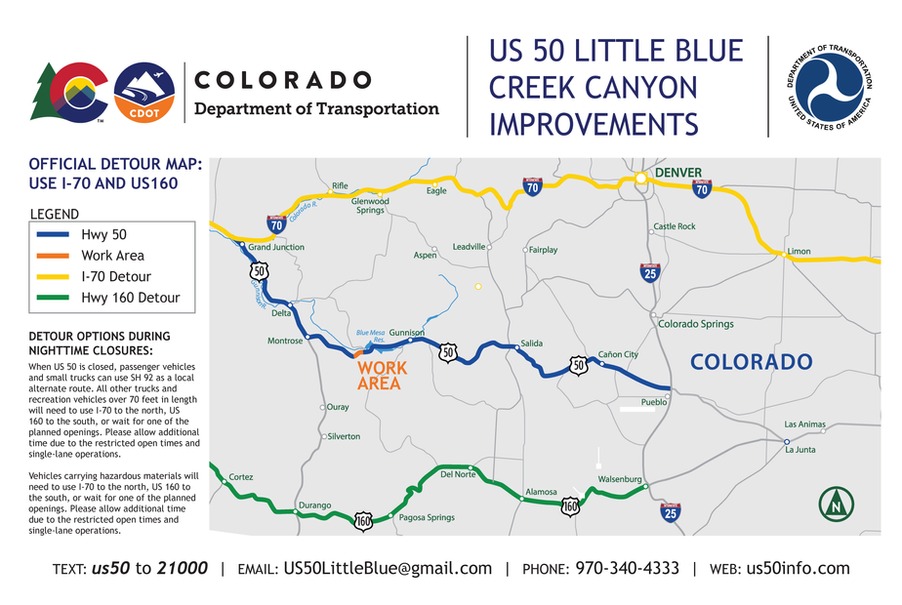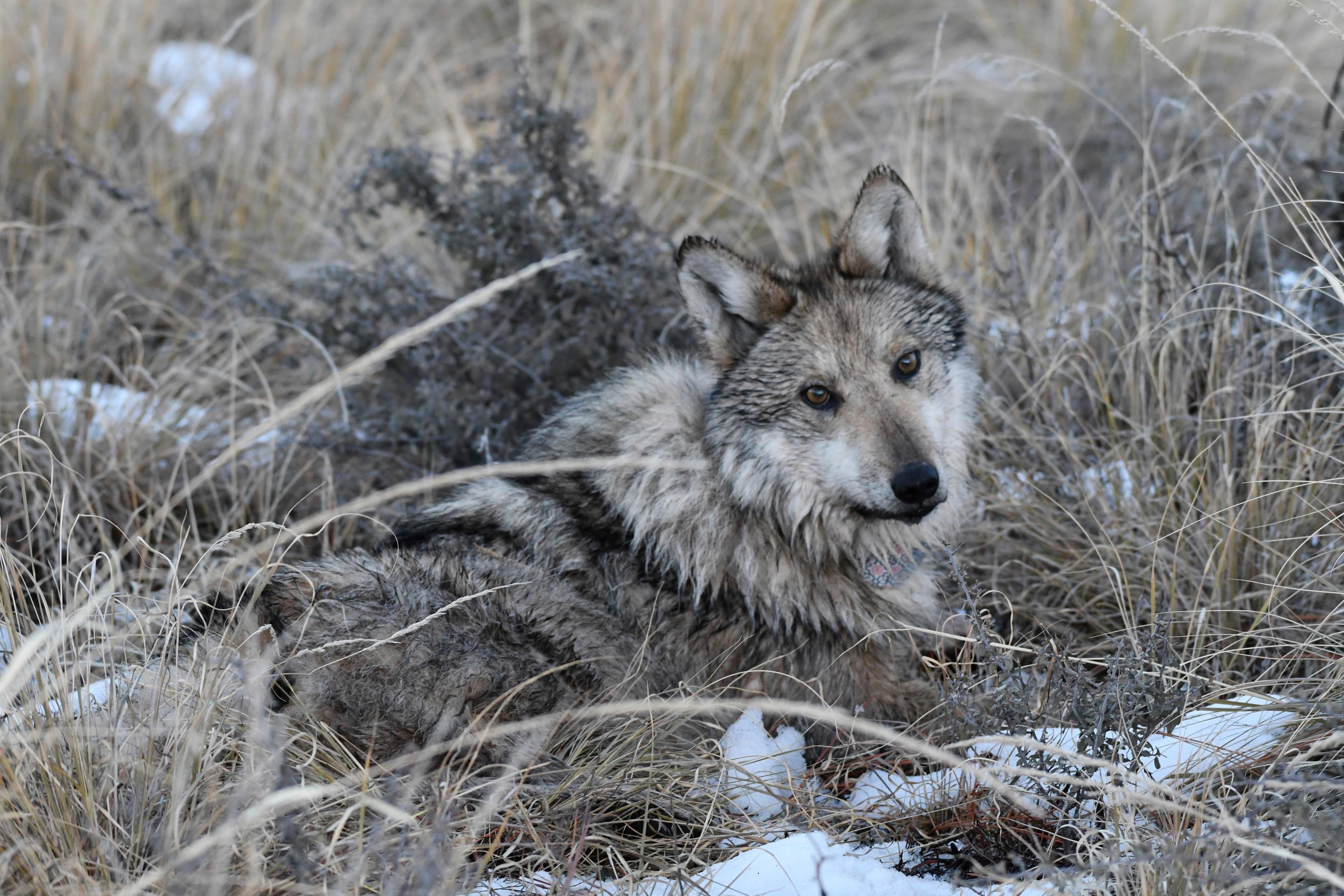
In a wildland firefighting era that employs specially designed aircraft and sensors, fire lookout towers would seem like bygone tools. But about 10 fire lookouts are still in use in Colorado, with a solitary man or woman perched above the treetop, eyes peeled for smoke. Other towers in the state have become camping rentals or are no longer in use.
- Did You Know: The West’s Fire Lookouts Aren’t Obsolete Yet
Philip Conors, a 16-season veteran wildfire spotter and author of the book "Fire Season," and Kent Argow, of the Forest Fire Lookout Association, spoke to Colorado Matters about what it takes to staff a fire lookout tower.
Conversation Highlights
On the solitude at the fire lookouts:
Conors: I do not get bored. There’s plenty to see there. The sky alone is never dull and it's not like I’m there uninterrupted for half the year or something like that. I work 10-day hitches. So I’m there for 10 days off and then I get four days off to hike out and go back home, take a hot shower, drink a cold beer, reacquaint myself with the pleasures of civilization. So it actually ends up achieving a nice balance in my life.
On which is the best fire lookout:
Argow: I have two favorites close to Denver. Squaw Mountain is right above Evergreen and is on the rental system. And it’s a favorite of mine because I’ve worked on it a lot and it's beautiful and you can see Denver from the tower.
Devils Head is also a favorite of mine, which is south on the Rampart Range in between Colorado Springs and Denver and is actively staffed by a longtime lookout — Bill Ellis, who is a fixture there with his wife Margaret — And it is just a beautiful hike destination. You can go and talk to the lookout and see what’s been going on there. They’re just beautiful places to go enjoy.
On why the fire towers first went up:
Conors: The forest service really got into the business of fighting fire after the huge 1910 fires in the northern Rockies, which burned millions of acres and took many lives of firefighters. So the push to fight fires really got going after that and networks of trails, telephone lines strung through the mountains. And lookout towers were the first sort of infrastructure that was put in place to quickly detect fires so that firefighters could jump on them quickly and put them out. Many of them have been there for over a century.
On hopes for the towers to play a larger role in fighting fires today:
Argow: They’re a method of detection that has been proven to work. And there are newer methods, sure, but I don't believe that means taking proven methods off the table. It is expensive to mitigate fires with planes and aerial flights everyday. And getting less expensive to have towers that are maintained, where lookouts can go up — doesn’t have to be all the time, but on high fire danger days — maybe it's too windy for a flight, you can get a lookout in a tower that knows what they’re doing.
On how far can you see from a fire lookout tower:
Conors: I’ve seen a single lightning-struck-tree puffing up a little tiny smoke from 25 miles away. I personally have a great view from my tower and the thing to recognize, too, in a place like the Gila where I work, there are actually 10 working towers. So there are 10 of us at all times stationed on mountains with our different views in our overlapping perspectives, and we communicate with each other when triangulating the locations of smoke and talking about weather and lighting. So in a sense, we’re working in isolation but we’re also doing it with a cadre of colleagues who also have vast experience and great views from their location.









